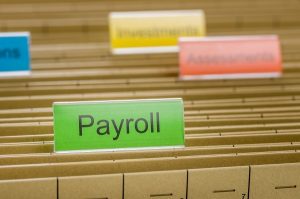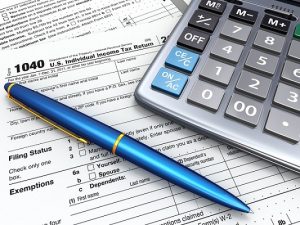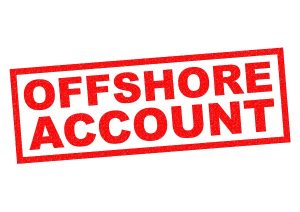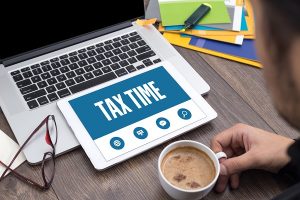Search
SBA Publishes Loan Forgiveness Form and Instructions for PPP Loans
Most, if not all, Payroll Protection Program (PPP) borrowers are focused on the question of whether they will be able to have their PPP loan forgiven. Many questions have arisen, and some but not all, have been answered by the Loan Forgiveness Application and instructions released by the SBA on Friday, May 15, 2020. Here are some of the highlights.
- Annual “cash” payroll costs are capped at $100,000 per employee. While this is not news, the SBA calculates that this amount on a pro-rata basis for the 8 week “Covered Period” is $15,385. If you do the math, that is equal to 8 weeks per year divided by 52 weeks multiplied by $100,000. Some were hoping that those on a semi-monthly pay schedule could use a larger amount based upon 24 pay periods per year. Apparently not.
- Alternative Payroll Covered Period. The Covered Period is generally eight weeks (actually 56 days) beginning on the date the loan is first funded. The Alternative Payroll Covered Period is only for employers with bi-weekly or more frequent payroll schedules. Therefore, it doesn’t appear to apply to employers who pay semi-monthly. It begins on the on the first day of the first payroll period following the PPP Loan Disbursement Date and ends 56 days later. The following example is provided: Alternative Payroll Covered Period: “… if the Borrower received its PPP loan proceeds on Monday, April 20, and the first day of its first pay period following its PPP loan disbursement is Sunday, April 26, the first day of the Alternative Payroll Covered Period is April 26 and the last day of the Alternative Payroll Covered Period is Saturday, June 20.” This suggests that one cannot include payments for a payroll period that begins before the PPP Loan Disbursement Date but is paid after that date. However, that is inconsistent with the Press Release issued concurrently by the SBA which states that the form and instructions provide “Flexibility to include eligible payroll and non-payroll expenses paid OR incurred during the eight-week period after receiving their PPP loan.” (emphasis supplied). See more below.
 Tax Problem Attorney Blog
Tax Problem Attorney Blog








